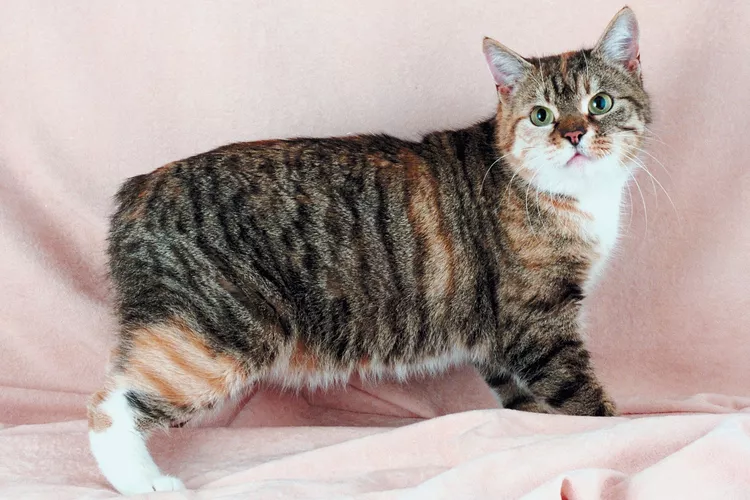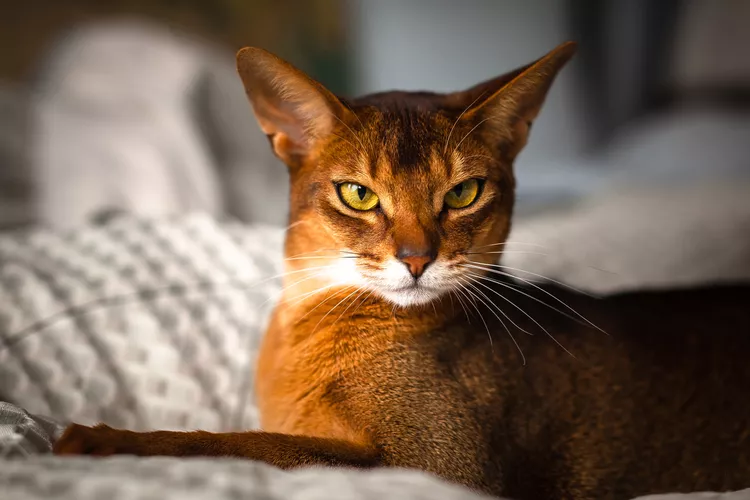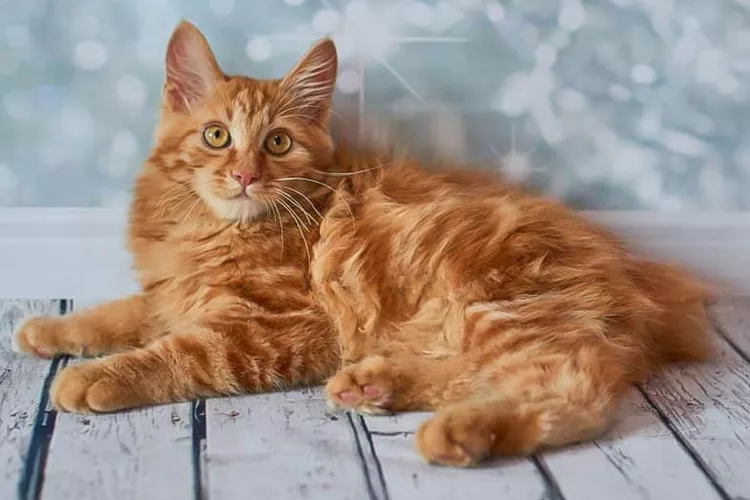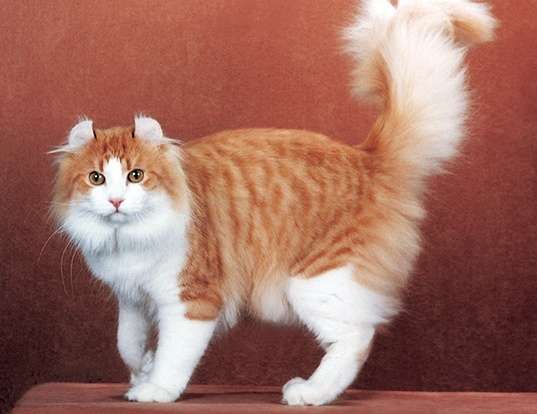
Description
Size: 8-12 lbs
Despite being a medium-sized cat, the Manx is stocky and has a lot of bones. Cat enthusiasts may not be aware of how heavy the Manx can be at maturity because she can appear larger than she is.
The Manx cat has a round appearance throughout, including its round head, round golden eyes, round whisker pads, and round rump. When seen from behind, the ears resemble a rocker. When the Manx is standing, it is clear that her back end is taller than her front. Although the Manx has short hair, it has two coats. It is thick and dense as a result. A longhaired Manx cat is recognized by some cat associations. While some refer to the longhaired as a distinct breed, others just refer to her as a longhaired Manx.
Behavior
Activity Level: Active
Social needs: Enjoy being with other pets and humans
The Manx is a calm and laid-back cat. Although they have a strong sense of independence, they are devoted to their families and frequently follow their favorite people around the house but they might be cautious of strangers at first. They are generally friendly, intelligent, and playful.
They require a lot of attention because they are people-oriented cats, so don’t leave them alone for long periods of time. Many Manx like playing fetch and bringing their toys around. They make excellent jumpers because of their strong hindquarters and very long hind legs.
Origin/History
The ancient cat breed known as the Manx originated on the island of Man in the Irish Sea. Initially, on the Isle, the breed name was commonly spelled “Manks” or “stubbin.” They currently make up a sizable, albeit dwindling, a portion of the native cat population on the Isle of Man. Manx cats have historically been favored by farmers as companions on maritime trips and a go-to animal for rodent problems due to their hunting prowess.
Care as a Pet
Any domestic breed’s requirements for care apply to Manx cats as well. It necessitates routine upkeep as well as some modest activity. Caring for your cat becomes simple and efficient when you are aware of its demands.

Exercise
The Manx cat doesn’t require special exercise, but its lively temperament benefits from 30 to 60 minutes of scheduled activity. The Manx loves to run, leap, and climb like many cats do, so giving it lots of opportunity to play will usually be sufficient to meet its demands. Small plush toys that imitate trapping and retrieving will pique your Manx’s interest because they are natural hunters with occasionally canine-like characteristics.
Shedding
Manx cats shed frequently because of their double coat, especially in the spring and autumn. A cat with a double coat has an additional layer of fur on its body for added warmth and defense. Every cat that has a double coat sheds more than a cat that only has a single coat.
Nutrition and Diet
The Manx cat needs a balanced diet that includes protein, vitamins and minerals, lipids, and water, just like all cats do. To maintain the health of the thick Manx coat, the cat diet needs to contain fish oils and omega-3 fatty acids. Fiber is crucial for digestion and weight management, while amino acids are important for heart and vision health. A commercially prepared wet or dry cat diet is suitable for Manx cats, particularly when meat is the first ingredient. Given that Manx cats dislike chilled food, it might be necessary to warm up wet food. Cow’s milk shouldn’t be given to Manx cats since the lactose can accumulate in the intestines and lead to digestive problems.
Grooming needs
To reduce a Manx cat’s shedding, brushing is necessary once a week (although daily is best). No matter the coat length, a regular brushing routine is crucial. A longhaired Manx will require more rigorous care than a short haired Manx.
Table





